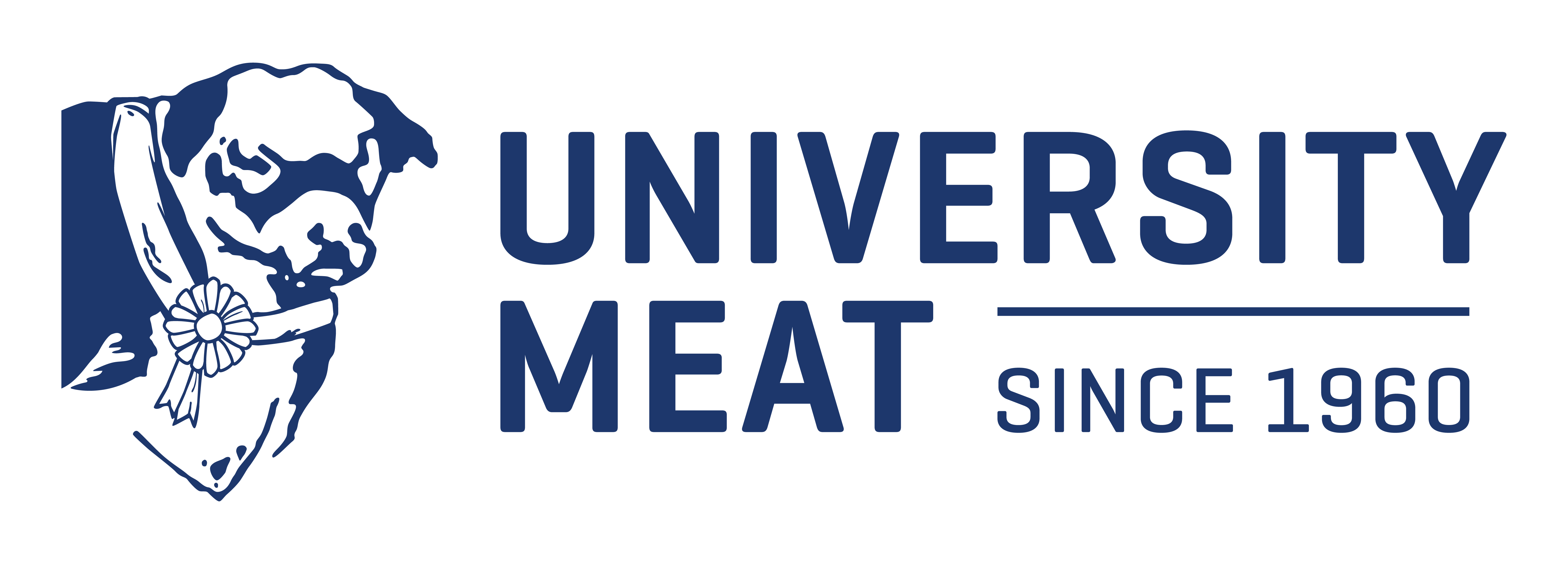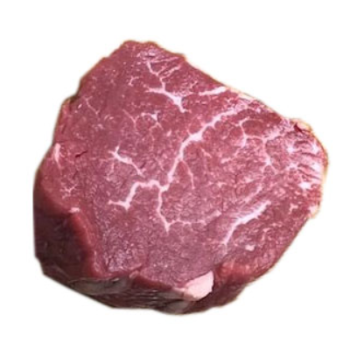Introduction
Brief Overview of the Ketogenic and Paleo Diets
Ketogenic Diet
The ketogenic (keto) diet is a high-fat, low-carbohydrate eating plan designed to shift the body’s metabolism from using glucose as its primary energy source to using fats. This metabolic state is known as ketosis. By significantly reducing carbohydrate intake and increasing fat consumption, the body begins to burn fat for fuel, which can lead to weight loss and improved energy levels.
Key Principles:
- High Fat: About 70-75% of daily caloric intake comes from fats, including avocados, nuts, seeds, oils, and fatty cuts of meat.
- Moderate Protein: Around 20-25% of daily calories come from protein sources such as meat, fish, eggs, and dairy.
- Low Carbohydrate: Only about 5-10% of daily caloric intake comes from carbohydrates, focusing on non-starchy vegetables and low-carb fruits.
Paleo Diet
The paleo diet, also known as the Palaeolithic or "caveman" diet, emphasises eating whole, unprocessed foods our ancestors would have consumed during the Palaeolithic era. It focuses on foods that can be hunted, fished, or gathered, excluding modern processed foods, grains, legumes, and dairy.
Key Principles:
- Whole Foods: Emphasis on fresh fruits, vegetables, lean meats, fish, nuts, and seeds.
- No Processed Foods: Excludes processed foods, refined sugars, and artificial ingredients.
- Exclusion of Certain Food Groups: Avoids grains, legumes, dairy, and refined sugars.
How They Differ
- Macronutrient Focus: The keto diet focuses on macronutrient ratios to achieve ketosis, specifically high fat, moderate protein, and low carbohydrate. In contrast, the paleo diet prioritises food quality and ancestral eating habits without specific macronutrient targets.
- Food Groups: The keto diet allows for dairy and certain high-fat processed foods that fit within its macronutrient guidelines, while the paleo diet excludes all processed foods, dairy, grains, and legumes regardless of their macronutrient content.
Importance of Meat in These Diets
Meat plays a crucial role in both the keto and paleo diets due to its high protein and nutrient content. In the keto diet, fatty cuts of meat provide essential fats needed to maintain ketosis, while protein supports muscle maintenance and overall health. In the paleo diet, lean meats are valued for their high-quality protein and nutrients, aligning with the diet’s emphasis on natural, whole foods that our ancestors would have eaten. Both diets benefit from including meat as a source of complete protein, essential vitamins, and minerals that support overall well-being.
Nutritional Benefits of Meat in Keto and Paleo Diets
High-Quality Protein Source
Role of Protein in Muscle Building and Repair Protein is essential for muscle building and repair. It provides the amino acids necessary for the growth and maintenance of muscle tissue. For those following keto and paleo diets, high-quality protein sources are crucial for sustaining muscle mass and supporting overall physical health.
Benefits of Complete Proteins Found in Meat Meat is a complete protein, meaning it contains all the essential amino acids required by the body. Consuming complete proteins ensures that the body receives the necessary building blocks for various physiological functions, including muscle repair, enzyme production, and immune system support.
Essential Fats and Nutrients
Importance of Healthy Fats in the Keto Diet Healthy fats are a cornerstone of the keto diet, as they help maintain ketosis by providing a steady source of energy. Fats from meat, particularly fatty cuts, are rich in essential fatty acids that support brain function, hormone production, and overall cellular health.
Essential Vitamins and Minerals Found in Meat Meat is a rich source of vitamins and minerals such as B, iron, and zinc. B vitamins support energy metabolism and brain function, iron is vital for oxygen transport and energy production, and zinc is crucial for immune function and protein synthesis.
Top Meat Choices for Keto Diet
Fatty Cuts of Beef
Ribeye, T-bone, and New York Strip These cuts are ideal for the keto diet due to their high-fat content, which helps maintain ketosis.
See our range of Rib Eye Steaks
See our range of T Bone Steaks
Benefits of Grass-Fed Beef Grass-fed beef is higher in omega-3 fatty acids and antioxidants than grain-fed beef.
Cooking Tips to Enhance Flavour and Fat Content Use methods like grilling and pan-searing to enhance the natural flavours and retain the fat content of these cuts.
Pork and Bacon
Best Cuts of Pork for Keto (Pork Belly, Shoulder) Pork belly and Pork shoulder are excellent for their high-fat content, making them suitable for keto recipes.
Choosing High-Quality, Nitrate-Free Bacon Opt for nitrate-free bacon to avoid added chemicals and enjoy a healthier option.
Recipes for Keto-Friendly Pork Dishes Try keto-friendly recipes like pork belly with crispy skin or slow-cooked pork shoulder.
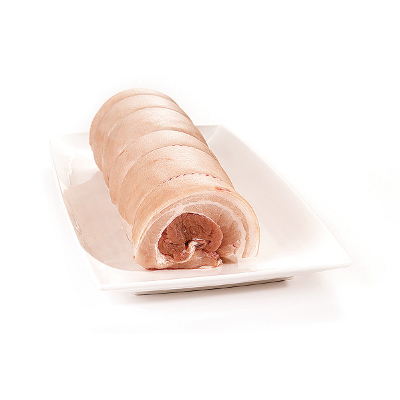
Poultry
Chicken Thighs and Drumsticks Over Breasts These parts of the chicken are fattier and more flavourful, fitting well within keto guidelines.
Duck and Other Fatty Birds Duck is naturally rich in fat, making it an excellent choice for keto meals.
How to Cook Poultry to Retain Moisture and Flavour Cooking techniques such as roasting or slow cooking can help retain moisture and enhance the flavour of poultry.
Lamb and Goat
Nutritional Benefits and Flavour Profiles Lamb and goat are rich in high-quality protein and beneficial fats.
Best Cuts for Keto (Lamb Chops, Leg of Lamb) Cuts like lamb chops and leg of lamb are ideal for keto due to their fat content.
Simple and Delicious Lamb Recipes Prepare lamb chops with garlic and herbs or a slow-cooked leg of lamb for a satisfying meal.
Top Meat Choices for Paleo Diet
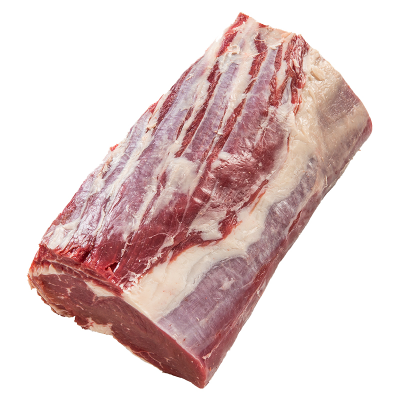
Grass-Fed Beef and Bison
Health Benefits of Grass-Fed Versus Grain-Fed Grass-fed beef and bison are higher in beneficial nutrients like omega-3 fatty acids and CLA (conjugated linoleic acid).
Popular Cuts and Cooking Methods Popular cuts include steaks and roasts, which can be grilled or roasted to perfection.
Incorporating Organ Meats for Added Nutrients Organ meats such as liver and heart are nutrient-dense and can be included in various dishes.
Wild-Caught Fish and Seafood
Benefits of Omega-3 Fatty Acids Wild-caught fish and seafood are rich in omega-3 fatty acids, which support heart and brain health.
Best Fish Choices (Salmon, Mackerel, Sardines) Salmon, mackerel, and sardines are top choices for their high omega-3 content.
Paleo-Friendly Seafood Recipes Try grilled salmon with herb butter or a simple mackerel salad.
Free-Range Poultry
Importance of Pasture-Raised and Organic Poultry Choosing free-range pasture-raised and organic poultry ensures higher quality and more nutrient-dense meat.
Best Ways to Cook and Enjoy Poultry on a Paleo Diet Roasting, grilling, or slow-cooking poultry are excellent methods for maintaining flavour and nutrients.
Recipe Ideas for Whole Chickens and Turkeys Consider roasting a whole chicken with root vegetables or grilling turkey breasts.
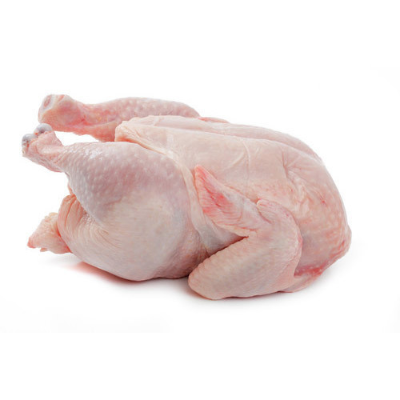
Game Meats
Nutritional Benefits of Wild Game (Venison, Elk, Rabbit) Wild game meats are lean, high in protein, and contain unique nutrients not found in conventional meats.
Where to Source Game Meats Source game meats from local hunters, specialty butcher shops, or online suppliers.
Cooking Tips and Recipes for Game Meat Cook game meats using slow cooking or grilling to retain moisture and enhance flavour.
Combining Keto and Paleo Principles
Shared Meat Choices
Overlapping Meat Options for Both Diets Both diets share common meat choices such as grass-fed beef, fatty cuts of pork, and wild-caught fish.
Balancing Fat Intake and Nutrient Density Balance fat intake and nutrient density by choosing high-quality, fatty meats and incorporating a variety of cuts.
Meal Planning Tips for Combining Keto and Paleo Plan meals that incorporate both keto and paleo principles, focusing on whole, unprocessed meats and balanced macronutrient intake.
Sustainable and Ethical Sourcing
Importance of Sourcing High-Quality, Ethically-Raised Meat High-quality, ethically-raised meat supports better health outcomes and environmental sustainability.
Tips for Finding Local Farmers and Sustainable Producers Look for local farmers' markets, join meat co-ops, or research online directories for sustainable meat producers.
Benefits of Supporting Ethical Meat Production Supporting ethical meat production ensures animal welfare, environmental sustainability, and higher-quality meat.
Practical Tips and Recipes
Cooking Techniques
Best Methods for Grilling, Roasting, and Slow Cooking Grilling, roasting, and slow cooking are ideal methods for preparing meats, preserving nutrients, and enhancing flavours.
Tips for Preserving Nutrients and Enhancing Flavours Use fresh herbs, spices, and appropriate cooking techniques to preserve nutrients and enhance the natural flavours of the meat.
Simple and Delicious Recipes
Keto-Friendly Recipes: Bacon-Wrapped Chicken Thighs, Beef Stir-Fry with Low-Carb Vegetables Try recipes like bacon-wrapped chicken thighs or a beef stir-fry with low-carb vegetables for a satisfying keto meal.
Paleo-Friendly Recipes: Lamb Stew, Grilled Salmon with Herb Butter Prepare paleo-friendly dishes such as lamb stew or grilled salmon with herb butter for a nutritious and delicious meal.
Quick and Easy Meal Prep Ideas Plan and prep meals in advance to save time and ensure a variety of nutritious, meat-based dishes throughout the week.
Conclusion
Embracing a Meat-Rich Diet
Recap of the Benefits of Meat in Keto and Paleo Diets Meat provides high-quality protein, essential fats, and vital nutrients that support overall health on both keto and paleo diets.
Encouragement to Experiment with Different Cuts and Recipes Experiment with different cuts and recipes to discover your favourite ways to enjoy meat within your diet.
 © 2016 University Meat |
© 2016 University Meat |





